- Home
- Joyce Carol Oates
High Crime Area
High Crime Area Read online
Start Reading
About this Book
About the Author
Reviews
Also by this Author
Table of Contents
www.headofzeus.com
To Richard Burgin
Contents
Cover
Welcome Page
Dedication
The Home at Craigmillnar
High
Toad-Baby
Demon
Lorelei
The Rescuer
The Last Man of Letters
High Crime Area
Preview
Acknowledgments
About this Book
Reviews
About the Author
Also by this Author
An Invitation from the Publisher
Copyright
The Home at Craigmillnar
Early shift is 6:30 A.M. which was when I arrived at the elder care facility at Eau Claire where I have been an orderly for two years. Maybe thirty minutes after that, when the elderly nun’s body was discovered in her bed.
In fact I’d gotten to work a few minutes before my shift began as I usually do, in nasty weather especially (as it was that morning: pelting-rain, dark-as-night, first week of November), out of a concern for being late. For jobs are not easy to come by, in our economy. And in Oybwa County, Wisconsin, where I have lived all my life except for three and a half years “deployed” in Iraq as a medical worker. I am a conscientious orderly, with a very good reputation at the facility.
If I am interviewed by the county medical examiner I will explain to him: it is a wrongly phrased description—Body discovered in bed. For when I entered Sister Mary Alphonsus’s room in Unit D, my assumption was that the Sister was alive, and the “discovery” was that she was not alive, or in any case not obviously alive. I did not “discover” a “body” in the bed but was shocked to see Sister Mary Alphonsus unmoving, and unbreathing, with a gauzy fabric like muslin wrapped around her head (like a nun’s veil or wimple), so that her face was obscured.
She was unresponsive to me. Yet even at this, I did not “discover” a “body”—it was natural for me to believe that the elderly woman might have lapsed into a coma.
(Not that death is so unusual in an elder care facility like ours—hardly! All of our patients die, eventually; Unit E is our hospice wing. But the death of the resident in room twenty-two of Unit D was not expected so soon.)
In my Iraqi deployment my instinct for things not-right became very sharp. Out-of-ordinary situations there might arise—suddenly—as in a nightmare—an explosion that could tear off your legs. You had to be alert—and yet, how is it possible to be always alert?—it is not possible. And so, you develop a kind of sixth sense.
And so as soon as I entered the room after knocking—twice—at the door—I saw that things were not-right, and the hairs at the nape of my neck stirred. There was no light in the room and Sister Mary Alphonsus was still in bed—this was not-right. For Sister Mary Alphonsus was always “up” before the early shift arrived, as if pride demanded it. The nun was one of those older persons in our care who does not accept that she is elderly, and will turn nasty with you if you behave as if she is.
Sister?—in a lowered and respectful voice I spoke. Always I addressed Sister Mary Alphonsus with courtesy, for the old woman was easily offended by a wrong intonation of voice. Like a bloodhound keen for scent, this one was sharp to detect mockery where there was none.
Not a good sign, Sister Mary Alphonsus wasn’t yet awake. Very strange, the light above her bed hadn’t been switched on.
And a strong smell of urine in the room. Unexpected, in Sister Mary Alphonsus’s room, whose occupant wasn’t incontinent, and who was usually fussy about cleanliness.
When I switched on the overhead light the fluorescent bulb flickered like an eye blinking open.
The shock of it, then: seeing the elderly nun in her bed only a few feet away, on her back, not-moving; and wrapped around her head some sort of gauzy white fabric like a curtain, so her face was hidden. And inside the gauze the Sister’s eyes shut, or open—you could not tell.
Died in her sleep. Cardiac arrest.
By the time of our senior consulting physician’s arrival at the facility, at about 9 A.M., it was clear that elderly Sister Mary Alphonsus was not likely in a coma, but had died. The strip of gauzy material had been unwound from the woman’s head by the first nurse who’d arrived at the bedside, and dropped heedlessly onto the floor.
I am not a “medic”: I am an “orderly.” In all medical matters orderlies defer to the medical staff. I had not tried to revive Sister Mary Alphonsus nor even to unwind the cloth from her head, which did not appear to be tightly tied. So far as I knew, the patient might have been alive following a stroke or heart attack.
A legal pronouncement of death can only be made by a physician.
In a senior care facility like ours, Death strikes suddenly, often overnight. Often, within an hour. Cardiac arrest, pulmonary embolism, stroke—like strikes of lightning. If an elderly resident becomes seriously ill, with pneumonia for instance, or is stricken with cancer, he or she is transported to Eau Claire General for specialized treatment; but most of our residents have long-standing medical conditions, of which the most insidious is old age.
In the matter of Death, when a living body becomes “dead,” there are legal procedures that must be followed. Our senior consultant was required to sign the death certificate and the county medical examiner’s office had to be informed. If the deceased had listed next of kin in her file, this individual or individuals would now be notified and arrangements would be made for removal of the body from the facility and for burial.
About this, I knew nothing, and would know very little—though I would learn, inadvertently, that the elderly nun had died intestate.
(Intestate: a fancy word for dying without a will! A kind of nasty ring to this word intestate, makes you think of testicles, worse yet in this facility of old men testicular cancer. Not a welcome thought.)
Next time I came into contact with Sister Mary Alphonsus was after Dr. Bromwalder’s examination, when the body was covered with a white sheet. With another orderly, I lifted it onto a gurney to push quickly and as unobtrusively as possible to the facility’s morgue in the basement—Man, she heavy for an old lady!
I couldn’t resist peeking under the sheet: Sister Mary Alphonsus’s face was mottled red, a coarse-skinned face you could not have identified as female. The thin-lashed eyes were shut and the mouth that had resembled a pike’s wide mouth in life hung loosely open.
She anybody you knew, Francis?
No.
There’d never been any doubt in Dr. Bromwalder’s mind that the eighty-four-year-old woman had died of cardiac arrest, in her sleep. She’d been a cardiac patient: she’d had a chronic condition. It had not seemed to be life threatening, but all signs suggested heart failure and not a stroke; under these circumstances, an autopsy was not warranted.
The gauze wrapped around the nun’s head was certainly too flimsy to have caused suffocation. It had seemed to the senior consulting physician but mildly mysterious—“eccentric”—but many “eccentric” things happen in elder care facilities, among patients who may be mentally as well as physically ill, and so not much was made of the gauzy fabric except by some of the nursing staff of Unit D, who were puzzled, curious—Why would the woman do such a thing? What does it mean?
The fabric was believed to have been taken out of the Sister’s belongings, some of which were kept in a small bureau in the room. It did appear to be a curtain, or part of a curtain—white, dotted-swiss, somewhat soiled, a cheap material.
Maybe she was confused, in her sleep. Wrapp
ed a curtain around her head thinking it was a nun’s wimple!
Maybe she knew she was dying. It was some kind of religious thing, like after a Catholic confesses her sins to a priest—penance?
Among the staff of Unit D, Sister Mary Alphonsus had not been a favorite. To her face the nurses called her Sister, behind her back the old nun.
Or, the old nun who’d run that terrible orphanage at Craigmillnar.
It would be noted that Sister Mary Alphonsus was discovered to be unresponsive in her bed by the Unit D orderly, Francis Gough, who’d immediately notified the nursing staff. Time: 7:08 A.M.
Less certainly, it was determined that Sister Mary Alphonsus had died several hours earlier—Dr. Bromwalder’s estimate was between 3 A.M. and 6 A.M. This was a reasonable estimate judging by the temperature of the corpse when it was first examined by the doctor, in the absence of a pathologist. In the pitch-black of the early morning, hours before dawn, patients are most likely to “pass away” for these are the hours of Death.
There was a death here today. Old woman in her eighties, in my unit. She was found dead in her bed—died in her sleep they think.
Oh Francis! That’s so sad. I hope it wasn’t you who found her.
It’s OK, Mom. It wasn’t me.
Most mornings when the early staff began their rounds we would find Sister Mary Alphonsus fully awake and sitting in the chair beside her bed, a blanket over her knees, and a missal opened in her hands, though after near-seventy years of the Catholic missal, you would not think that the nun required an actual book to help her with prayers; or, Sister might have her rosary of wooden beads twined in her fingers, as she waited for an orderly to help her into her wheelchair. Her gaze would be vacant until you appeared—and like a raptor’s eyes the vague old-woman eyes would come sharply into focus.
If you greeted her with a friendly smile—Good morning, Sister!—she was likely to frown, and to make no reply, as if you’d disturbed her in prayer, or in some private and precious drift of her mind. And so I’d learned to say nothing to her, much of the time. What would be rude behavior with other patients had come to seem, to me, expected behavior with Sister Mary Alphonsus.
Sister Mary Alphonsus was one of those residents at Eau Claire who ate meals in the patients’ dining hall, not one whose meals were brought to her room. Despite the difficulty involved in delivering her to the dining hall, which was sometimes considerable, depending upon her medical ailment of the moment, Sister Mary Alphonsus insisted upon this.
In her former life, before “retirement,” she’d been a prominent figure in her religious order—for more than two decades, director of the Craigmillnar Home for Children. This was a Catholic-run orphanage about sixteen miles north and east of Eau Claire, at its fullest occupancy containing more than three hundred children.
In the dining hall, Sister Mary Alphonsus asked to be seated at a table with several elderly women whom she might have considered “friends”—of whom two were, like herself, retired Sisters of Charity of St. Vincent de Paul who’d also been at Craigmillnar.
You would think that the Sisters of Charity would speak of their shared past at Craigmillnar, but they hardly spoke at all except to comment on the food. Like elderly sisters who’d seen too much of one another over the decades, and who had come to dislike one another, yet clung together out of a fear of loneliness.
Though it was difficult to imagine Sister Mary Alphonsus as one susceptible to loneliness.
Few relatives came to visit the elderly nuns. They’d had no children—that was their mistake. Beyond a certain age, an elderly resident will receive visits only from her (adult) children and, if she’s fortunate, grandchildren. Others of their generation have died out, or are committed to health-care facilities themselves. So virtually no one came to see these elderly nuns, who with other Catholic residents of the facility attended mass together once a week in the chapel.
Their priest, too, was elderly. Very few young men were entering the priesthood any longer, as even fewer young women were entering convents.
Though I’m not Catholic often I observed the mass from the rear of the little chapel. “Father Cullough”—(who made no effort to learn the nuns’ names)—recited the mass in a harried and put-upon voice, in record time—scarcely thirty minutes. The mass used to be said in Latin, as I know from having seen old prayer books in my family, that had been published in Scotland and brought to this country; now, the mass is said in English, and sounds like a story for simple-minded children.
In the front row of the chapel the elderly nuns tried to keep awake. Even Sister Mary Alphonsus, the sharpest-witted of these, was likely to nod off during the familiar recitation. When the priest gave communion, however, at the altar rail, the old women’s tongues lapped eagerly at the little white wafer, the size of a quarter. My gaze shifted sharply aside, for this was not a pretty sight.
Once, when I was wheeling Sister Mary Alphonsus back to her room after mass, the wheelchair caught in a ridge of carpet in the floor, and Sister Mary Alphonsus was jostled in her seat, and lashed out at me—Clumsy! Watch what you’re doing.
Sister, sorry.
You did that on purpose didn’t you! I know your kind.
Sister, I did not. Sorry.
You will be sorry! I will report you.
Many of the patients threaten to report us, often for trivial reasons. We are trained not to argue with them and to defer politely to them as much as possible.
Think I don’t know YOU. I know YOU.
Yes, Sister.
“Yes, Sister”—(the elderly woman’s croaking voice rose in mockery)—we will see about that!
I made no reply. My heart might have leapt with a thrill of sheer dislike of the old woman, but I would never have said anything to goad her further. It was said of the former Mother Superior at Craigmillnar, by the nurses’ aides who were obliged to take intimate care of her aged body—Bad enough she has to live with herself. That’s punishment enough.
Yet by the time Sister Mary Alphonsus was back in her room, her interest in reporting me to my supervisor had usually faded. She’d been distracted by someone or something else, that annoyed or offended her. She’d have forgotten Francis Gough entirely, as one of little worth.
Not that she knew my name: she did not. While others called me Francis, Sister Mary Alphonsus could barely manage to mutter, with a look of disdain—You.
She did know the names of the medical staffers, to a degree. She knew Dr. Bromwalder. She knew Head Nurse Claire McGuinn, if but to quarrel with her.
A care facility like a hospital is a hierarchy. At the top are physicians—“consultants.” Nurse-practitioners, nurses and nurses’ aides, orderlies—these are the staff. An orderly is at hand to help with strenuous tasks like lifting and maneuvering patients, including patients’ lifeless bodies; changing beds, taking away soiled laundry, washing laundry; pushing food-carts, and taking away the debris of mealtimes; sweeping and mopping floors; taking trash outside to the Dumpsters. (Trash is carefully deployed: there is ordinary waste, and there is “clinical waste.”) My original training (at age nineteen) was on-the-job at Racine Medical Center plus a week-long course in “restraint and control.”
There were few violent patients at Eau Claire but I was well prepared for any I might be called upon to “restrain and control.” You need two other orderlies at least if you need to force a patient onto the floor. How it’s done is you force him down onto his stomach, an orderly gripping each arm, and an orderly securing the legs. It’s going to be a struggle most times—even the old and feeble will put up a considerable fight, in such a situation; the danger is in getting kicked. (When you’re the most recently hired you are assigned the legs.) In this position—which looks cruel when observed—the patient’s back is relatively free so he can breathe, and he’s prevented from injuring himself.
Unlike cops who are allowed “pain” as an element in restraint-and-control, medical workers are not allowed “pain” and may be leg
ally censured if patients are injured.
Despite my training, there have been injuries of patients I’d been obliged to restrain and control, both in U.S. care facilities and in the medical units in Iraq.
None of these were my fault. And yet, there were injuries.
The nurses were gossiping: Sister Mary Alphonsus had no close next of kin.
Or, if there were relatives of the deceased woman, they were distant relatives who had no wish to come forward to identify themselves.
Maybe no wish to associate themselves with the individual who’d been director of the Craigmillnar Home for Children, that had been shut down in 1977 by Oybwa County health authorities and the State of Wisconsin.
Just recently too, Craigmillnar was back in the headlines.
A full week after her death on November 11, no one from the Oybwa County medical examiner had contacted the facility. So it appeared, Dr. Bromwalder’s death certificate had not been questioned.
The gauzy strip of “curtain”—unless it was some kind of nun’s “veil” or “wimple”—had disappeared from the premises. All of Sister Mary Alphonsus’s things had been packed up and removed from room twenty-two and a new, unsuspecting arrival, also an elderly woman, had been moved in.
Yet, the subject of the mysterious “head covering” continued to come up, in Unit D. It seemed strange to me—(I said so)—that I appeared to be the only person to have seen Sister Mary Alphonsus fix something like a “head-shroud” over her head several times in the past. Some kind of cloth—might’ve been a towel—(I didn’t remember it as white)—she’d drawn like a hood over her head, for whatever reason. I hadn’t asked the Sister what she was doing of course. She’d have been offended at such familiarity.
One day our young consulting physician Dr. Godai asked me about this, for he’d overheard some of us talking.
So you’d seen the Sister putting some kind of “cloth” on her head, or around her head, Francis? When was this, d’you remember?
Might’ve been a few weeks ago, doctor. Maybe two months.

 Starr Bright Will Be With You Soon
Starr Bright Will Be With You Soon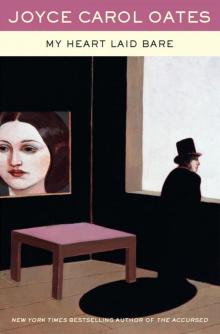 My Heart Laid Bare
My Heart Laid Bare A Fair Maiden
A Fair Maiden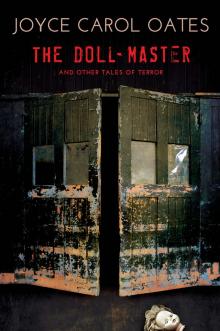 The Doll-Master and Other Tales of Terror
The Doll-Master and Other Tales of Terror Wild Nights!: Stories About the Last Days of Poe, Dickinson, Twain, James, and Hemingway
Wild Nights!: Stories About the Last Days of Poe, Dickinson, Twain, James, and Hemingway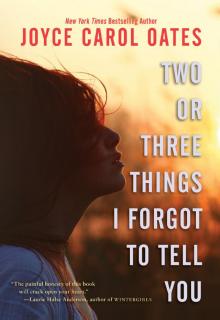 Two or Three Things I Forgot to Tell You
Two or Three Things I Forgot to Tell You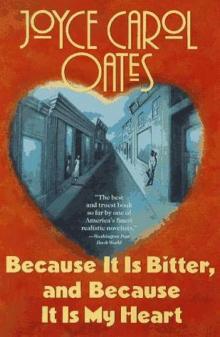 Because It Is Bitter, and Because It Is My Heart
Because It Is Bitter, and Because It Is My Heart Missing Mom: A Novel
Missing Mom: A Novel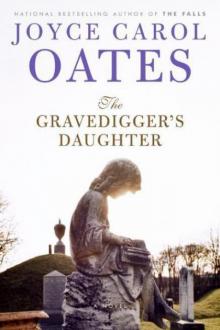 The Gravedigger's Daughter: A Novel
The Gravedigger's Daughter: A Novel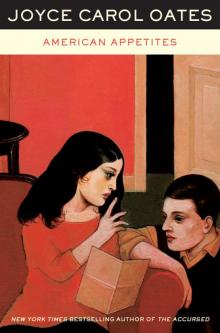 American Appetites
American Appetites Black Dahlia White Rose: Stories
Black Dahlia White Rose: Stories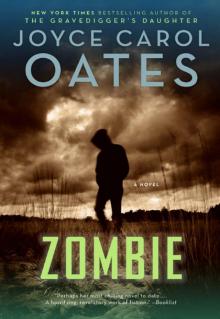 Zombie
Zombie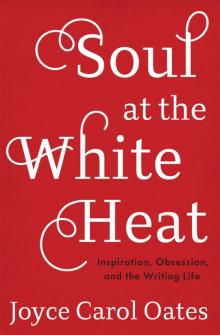 Soul at the White Heat: Inspiration, Obsession, and the Writing Life
Soul at the White Heat: Inspiration, Obsession, and the Writing Life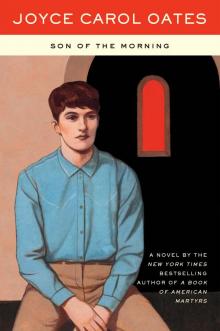 Son of the Morning
Son of the Morning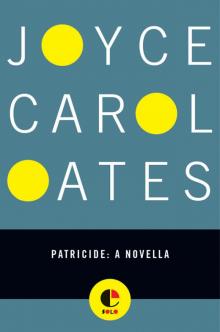 Patricide
Patricide Snake Eyes
Snake Eyes Wonderland
Wonderland In Rough Country: Essays and Reviews
In Rough Country: Essays and Reviews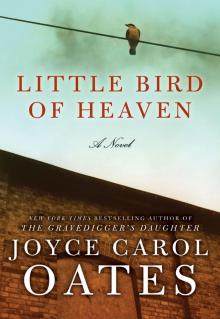 Little Bird of Heaven
Little Bird of Heaven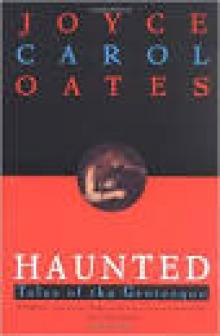 The Haunting
The Haunting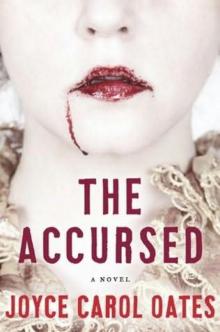 The Accursed
The Accursed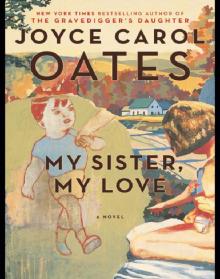 My Sister, My Love: The Intimate Story of Skyler Rampike
My Sister, My Love: The Intimate Story of Skyler Rampike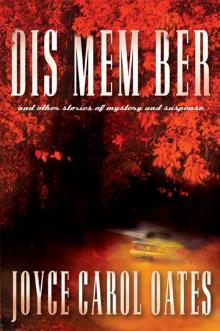 Dis Mem Ber and Other Stories of Mystery and Suspense
Dis Mem Ber and Other Stories of Mystery and Suspense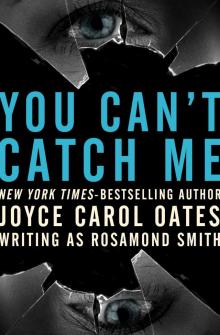 You Can't Catch Me
You Can't Catch Me Daddy Love: A Novel
Daddy Love: A Novel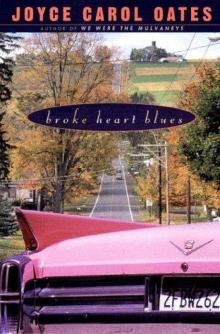 Broke Heart Blues
Broke Heart Blues I'll Take You There
I'll Take You There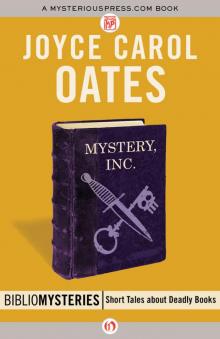 Mystery, Inc.
Mystery, Inc. We Were The Mulvaneys
We Were The Mulvaneys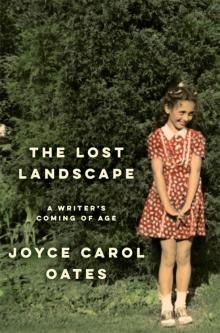 The Lost Landscape: A Writer's Coming of Age
The Lost Landscape: A Writer's Coming of Age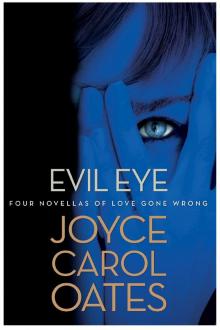 Evil Eye: Four Novellas of Love Gone Wrong
Evil Eye: Four Novellas of Love Gone Wrong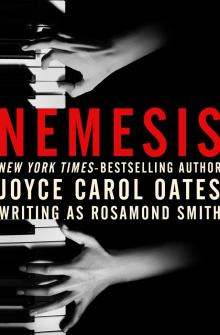 Nemesis
Nemesis Beautiful Days: Stories
Beautiful Days: Stories On Boxing
On Boxing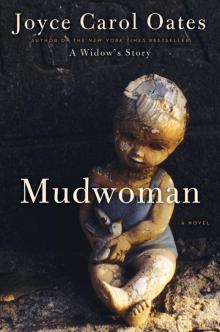 Mudwoman
Mudwoman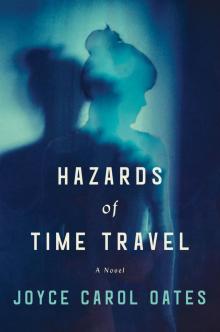 Hazards of Time Travel
Hazards of Time Travel Night-Gaunts and Other Tales of Suspense
Night-Gaunts and Other Tales of Suspense Mysteries of Winterthurn
Mysteries of Winterthurn New Jersey Noir
New Jersey Noir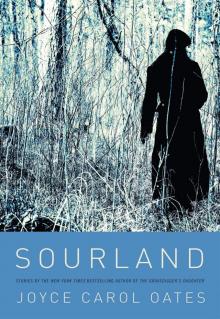 Sourland
Sourland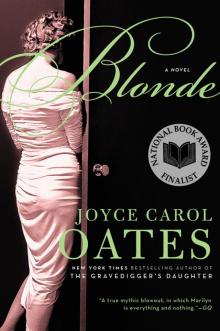 Blonde
Blonde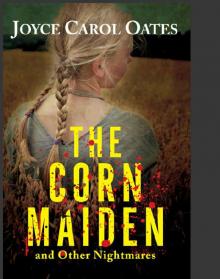 The Corn Maiden: And Other Nightmares
The Corn Maiden: And Other Nightmares The Oxford Book of American Short Stories
The Oxford Book of American Short Stories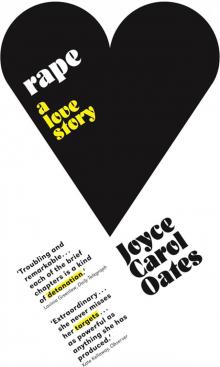 Rape: A Love Story
Rape: A Love Story Lovely, Dark, Deep: Stories
Lovely, Dark, Deep: Stories After the Wreck, I Picked Myself Up, Spread My Wings, and Flew Away
After the Wreck, I Picked Myself Up, Spread My Wings, and Flew Away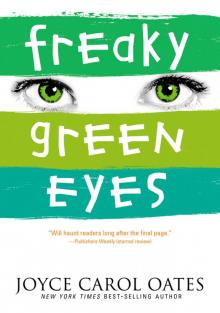 Freaky Green Eyes
Freaky Green Eyes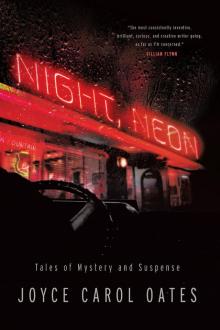 Night, Neon
Night, Neon I Am No One You Know: And Other Stories
I Am No One You Know: And Other Stories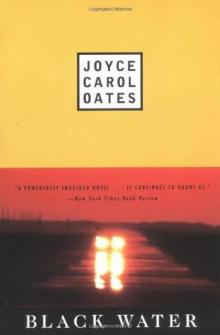 Black Water
Black Water Expensive People
Expensive People The Falls
The Falls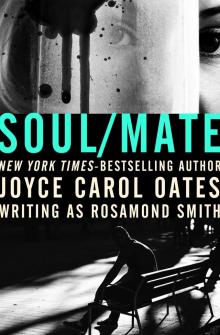 Soul/Mate
Soul/Mate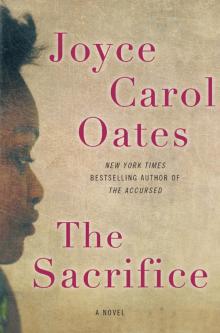 The Sacrifice
The Sacrifice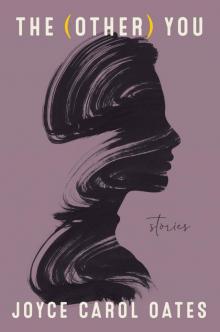 The (Other) You
The (Other) You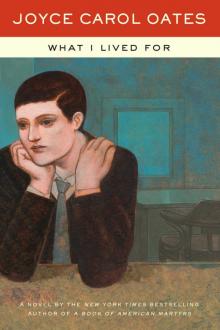 What I Lived For
What I Lived For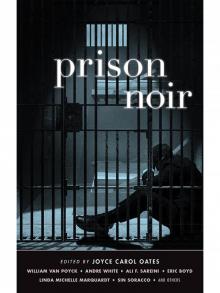 Prison Noir
Prison Noir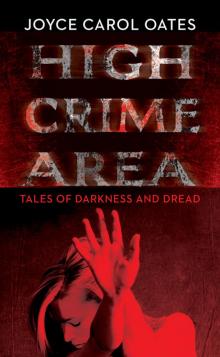 High Crime Area: Tales of Darkness and Dread
High Crime Area: Tales of Darkness and Dread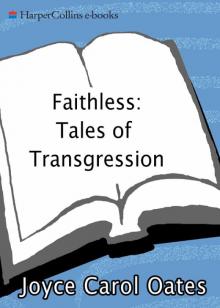 Faithless: Tales of Transgression
Faithless: Tales of Transgression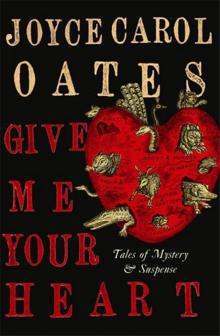 Give Me Your Heart: Tales of Mystery and Suspense
Give Me Your Heart: Tales of Mystery and Suspense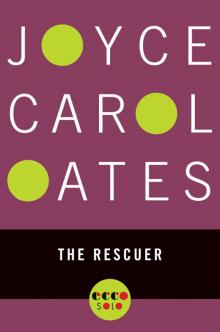 The Rescuer
The Rescuer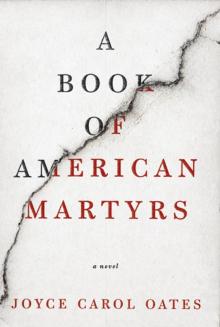 A Book of American Martyrs
A Book of American Martyrs American Melancholy
American Melancholy Double Delight
Double Delight Big Mouth Ugly Girl
Big Mouth Ugly Girl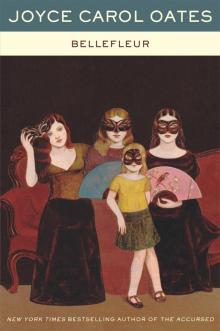 Bellefleur
Bellefleur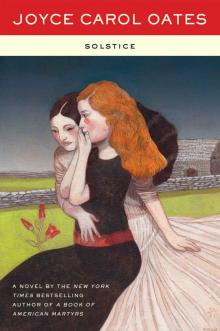 Solstice
Solstice Big Mouth & Ugly Girl
Big Mouth & Ugly Girl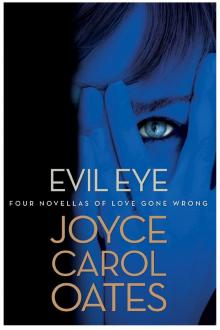 Evil Eye
Evil Eye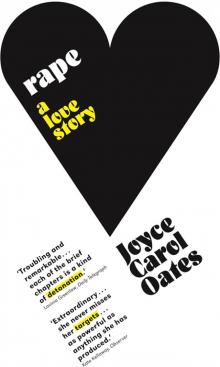 Rape
Rape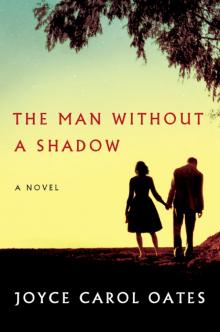 The Man Without a Shadow
The Man Without a Shadow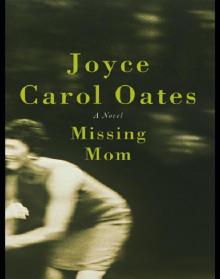 Missing Mom
Missing Mom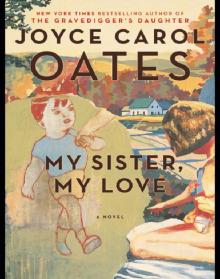 My Sister, My Love
My Sister, My Love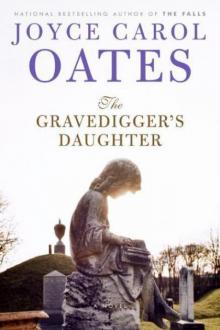 The Gravedigger's Daughter
The Gravedigger's Daughter Beautiful Days
Beautiful Days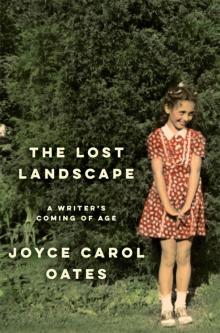 The Lost Landscape
The Lost Landscape Daddy Love
Daddy Love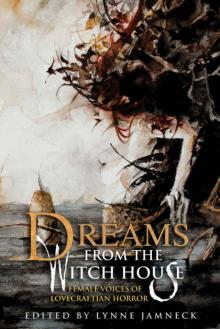 Dreams from the Witch House: Female Voices of Lovecraftian Horror
Dreams from the Witch House: Female Voices of Lovecraftian Horror The Tattooed Girl
The Tattooed Girl Give Me Your Heart
Give Me Your Heart In Rough Country
In Rough Country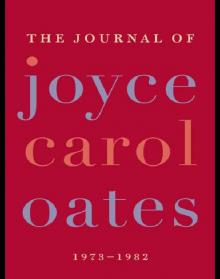 The Journal of Joyce Carol Oates
The Journal of Joyce Carol Oates Black Dahlia & White Rose: Stories
Black Dahlia & White Rose: Stories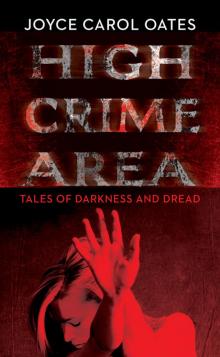 High Crime Area
High Crime Area Lovely, Dark, Deep
Lovely, Dark, Deep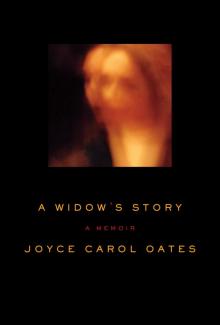 A Widow's Story
A Widow's Story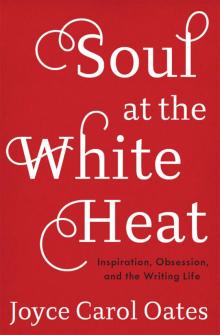 Soul at the White Heat
Soul at the White Heat Wild Nights!
Wild Nights!